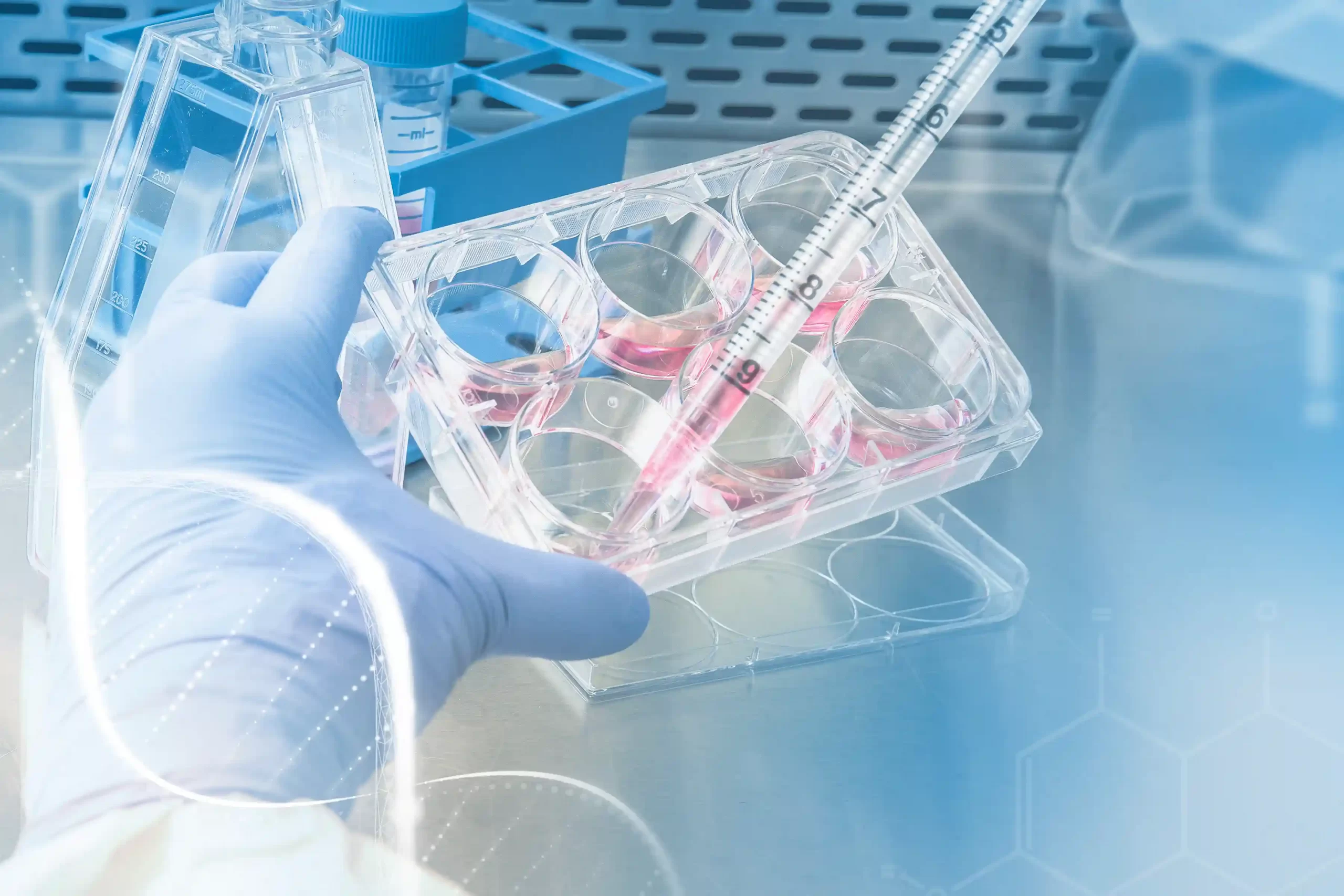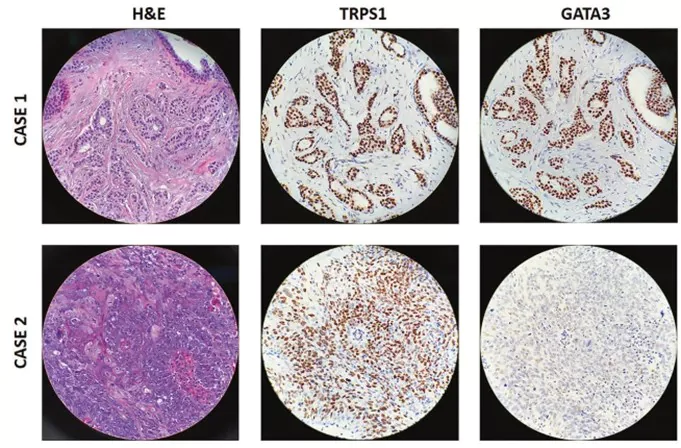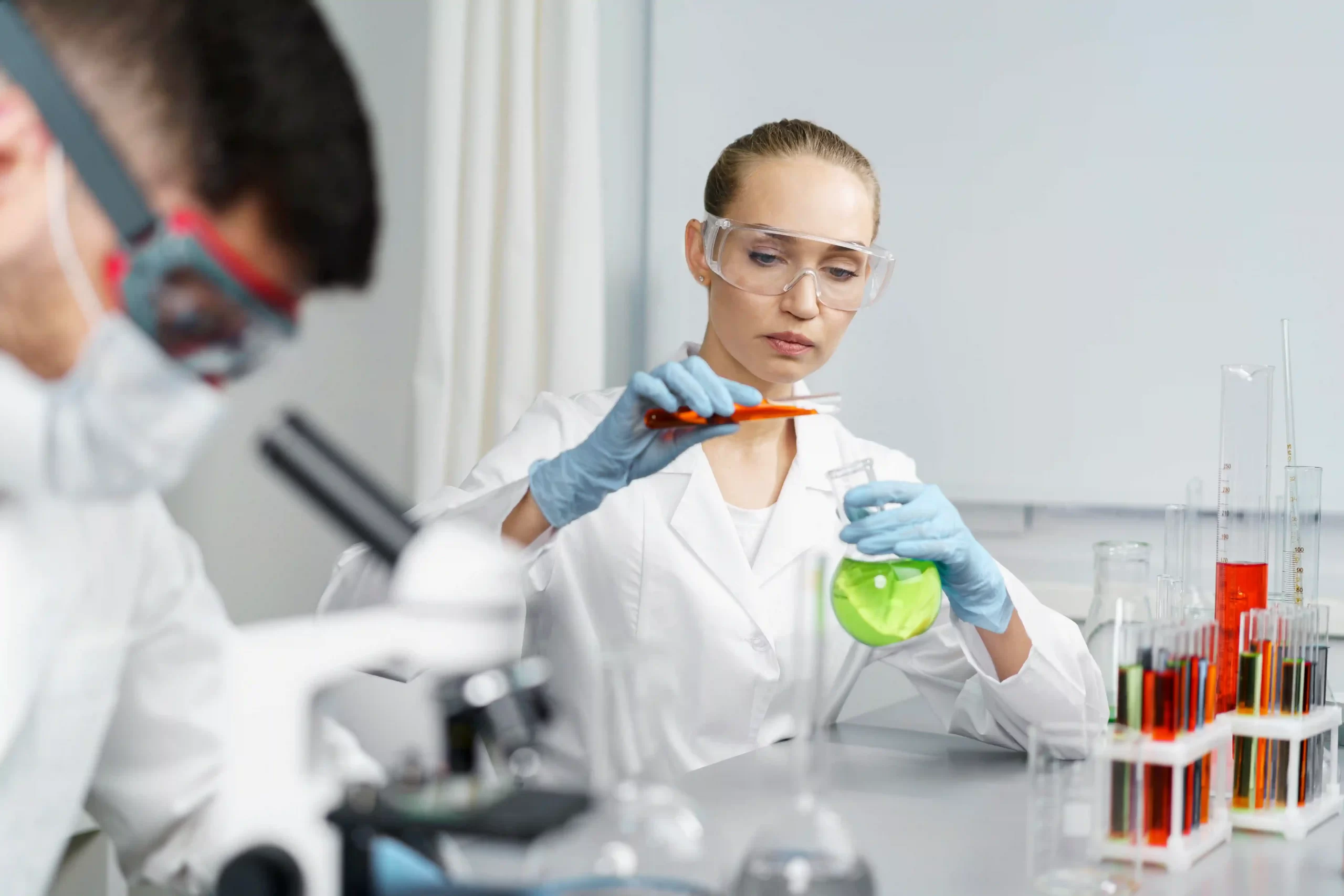How to Troubleshoot Background Staining: Primary Antibody Titration & Washing Tricks
Excessive background staining in immunohistochemistry (commonly known as IHC) can sometimes hinder the clarity and accuracy of your findings significantly. This article aims to guide you through understanding the underlying reasons for this problem and offers solutions for achieving improved staining results.
What Causes Background Staining Noise in IHC?
In immunohistochemistry (also known as IHC) any background staining noise can mess up the clarity and accuracy of the staining outcomes you get to see on those slides under the microscope you know? It’s super important to figure out where all that noise is coming from and what factors are causing it so you can fix things up and make your IHC protocols work like a charm.
Common Sources of Background Noise
Background noise in IHC often stems from non-specific antibody binding and endogenous enzyme activity. Non-specific binding occurs when primary antibodies target unintended sites, worsened by high antibody concentrations or insufficient blocking. Endogenous enzymes like peroxidase or alkaline phosphatase can cause false positives if not properly quenched.
Factors Influencing Background Staining
Factors affecting background staining in IHC include antibody quality and specificity, tissue sample fixation, and processing techniques. Unverified fixatives may cause unexpected results, while sectioning can introduce artifacts contributing to noise.
How Can Primary Antibody Titration Reduce Background Noise?
Adjustment of the antibody concentration plays a vital role, in minimizing unwanted signals during IHC procedures and enhances the clarity and precision of staining outcomes with improved specificity.
Importance of Optimizing Antibody Concentration
The amount of the antibody used is crucial in deciding how specific and intense the staining will be in the result. If you use a concentration that is too high there could be background noise caused by binding that isn’t specific; on the other hand, if it’s too low you might end up with faint or hard-to-detect signals. This is why it’s important to pinpoint the antibody concentration to get top-notch staining outcomes.
Techniques for Effective Titration
To conduct a titration process it is important to methodically test various concentrations of the main antibody to find the best dilution that gives clear staining with minimal interference, from background noise. This procedure usually includes creating a series of solutions of the antibody and applying them to tissue samples in the same settings each time. By examining the resulting patterns of staining you can identify the concentration that achieves a mix of strong signal and clear background visuals.
What Are Effective Washing Tricks to Minimize Background Staining?
In IHC protocols washing steps play a role in reducing background staining through the removal of unbound antibodies and minimizing nonspecific interactions.
Role of Washing in IHC Protocols
The washing steps play roles in IHC procedures by eliminating surplus reagents and minimizing nonspecific binding to improve signal clarity and accuracy in staining results on tissue sections.
Best Practices for Washing Steps
For results in reducing background staining during washing steps try incorporating these recommended strategies
Use an appropriate buffer: Choose a washing buffer that maintains tissue integrity while effectively removing unbound antibodies.
Optimize wash duration: Ensure sufficient time for each wash step to allow thorough removal of excess reagents.
Adjust wash frequency: Multiple washes between incubation steps can further reduce background noise.
Consider automated systems: Utilizing an automated immunohistochemistry stainer can provide consistent washing conditions, improving reproducibility across experiments.
By tuning the concentration of the primary antibody and ensuring thorough washing during your IHC experiments process can greatly minimize unwanted background staining effects disruptors. This approach enhances the credibility of data analysis. Improves the accuracy of research outcomes, in general.
How Does Celnovte Ensure High Quality in IHC Stainers and Primary Antibodies?
Ensuring top-notch quality in immunohistochemistry (IHC) staining machines and primary antibodies is essential for obtaining dependable and precise staining outcomes. Celnovte, a prominent player, in the field of IHC solutions utilizes cutting-edge technologies and stringent quality assurance procedures to provide products that conform to the criteria.
Celnovte’s Expertise in IHC Solutions
Celnovtes proficiency in IHC solutions stems from its in-depth grasp of the immunohistochemistry procedure and its dedication to pushing boundaries through ideas and approaches in the field. The company presents a suite of solutions for immunohistochemistry tasks by excelling in the fundamental research and technology behind it. Offerings include a range of over 460 primary antibodies along with custom-designed secondary antibody detection systems to equip researchers with a versatile set of tools for their staining requirements.
By using methods like chromogenic in situ hybridization and multi-color immunohistochemistry Celnovte empowers scientists to delve into intricate biological systems with greater depth. These tools enable the examination of multiple antigen targets, on a single slide, which improves the precision of diagnosing pathologies.
Advantages of Choosing Celnovte Products
Opting for Celnovte products comes with benefits for researchers aiming to achieve top-notch IHC results. The company’s automated staining systems guarantee repeatable results in experiments. Our automated immunohistochemistry staining device can process 60 samples in 2 and a half hours making it a convenient solution, for departmental requirements.
At Celnovtés dedication to excellence also encompasses its range of reagents.. They offer over 200 quality control products, for immunohistochemistry to guarantee precision at every stage of the process. Furthermore, our fixative has received validation from clinical settings to confirm the accuracy of antibody staining outcomes.
Conclusion: Enhancing IHC Results through Careful Troubleshooting and Product Selection
Improving IHC outcomes involves problem-solving and selecting the right products wisely. By identifying the causes of background interference and using tactics like adjusting primary antibody levels and optimizing washing procedures scientists can attain better and more precise staining results.
Choosing top-notch items from vendors such as Celnovte boosts the dependability of IHC studies even more effectively. Their proficiency in immunohistochemistry solutions and dedication to excellence equip researchers, with the resources required for success.
FAQs on Troubleshooting IHC Background Staining
How do I select the right primary antibody concentration?
Finding the concentration for the primary antibody requires a methodical approach, through titration testing. Creating dilutions of the antibody and testing them under the same conditions helps identify the ideal concentration that provides precise specificity while minimizing unwanted background interference.
Can washing too much affect my results negatively?
Ensuring that you wash appropriately is essential for minimizing background noise in your samples; however, overwashing can lead to the risk of removing antibodies or harming tissue structure integrity. It is crucial to find a balance, between the duration and frequency of washing to effectively remove any reagents without diminishing the signal strength.
What should I do if background staining persists despite optimization efforts?
If there is still background staining present after adjusting the antibody concentrations and washing steps accordingly it might be worthwhile to examine other aspects like the fixation methods or blocking procedures that were used. Moreover seeking advice, from professionals or utilizing quality control products could assist in pinpointing the root causes of the ongoing background interference.
By exploring these questions regarding resolving issues with background staining in IHC procedures. You can improve your protocols and ensure the precision of your research results by paying careful attention to every step of this intricate process!







